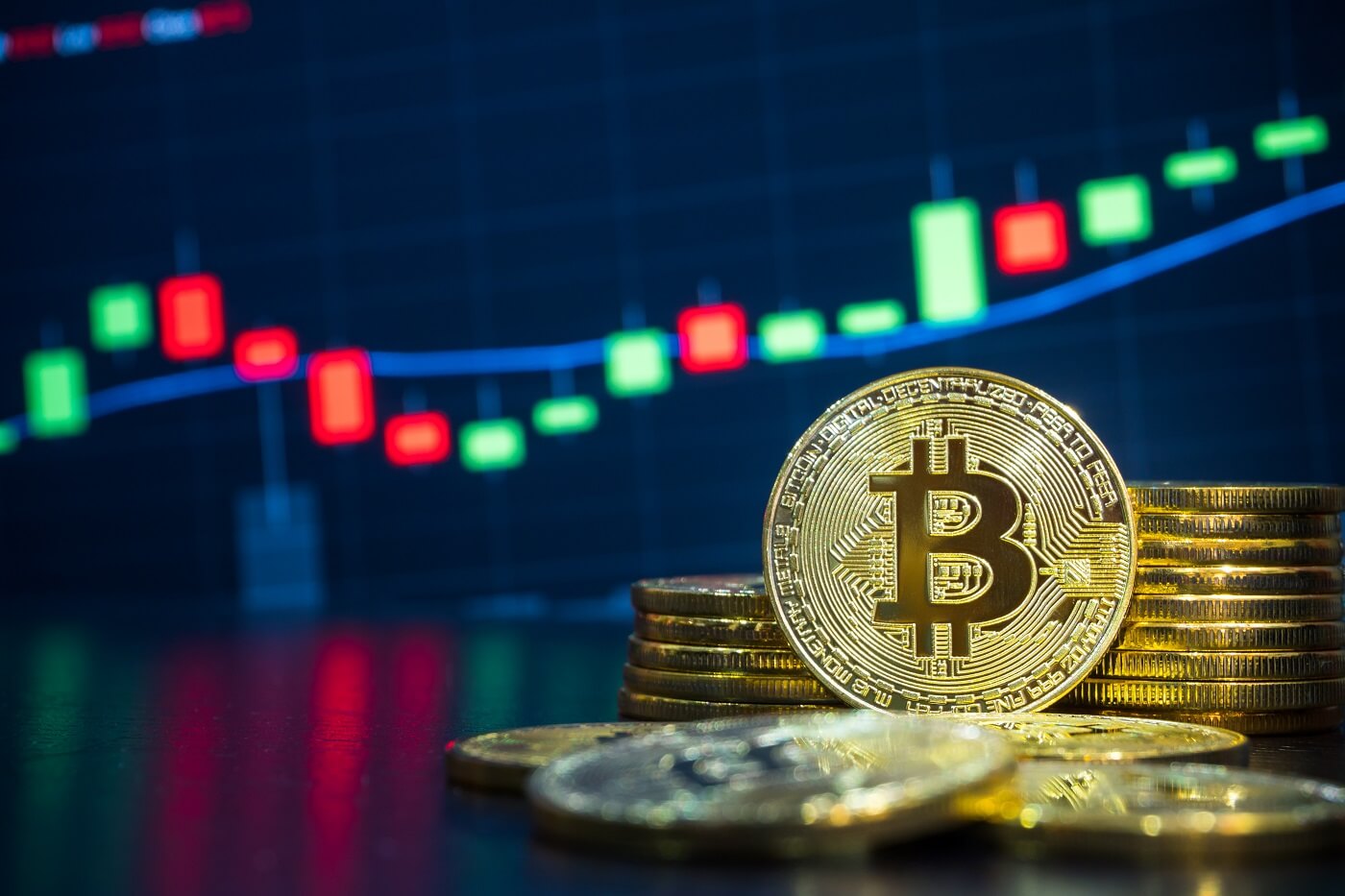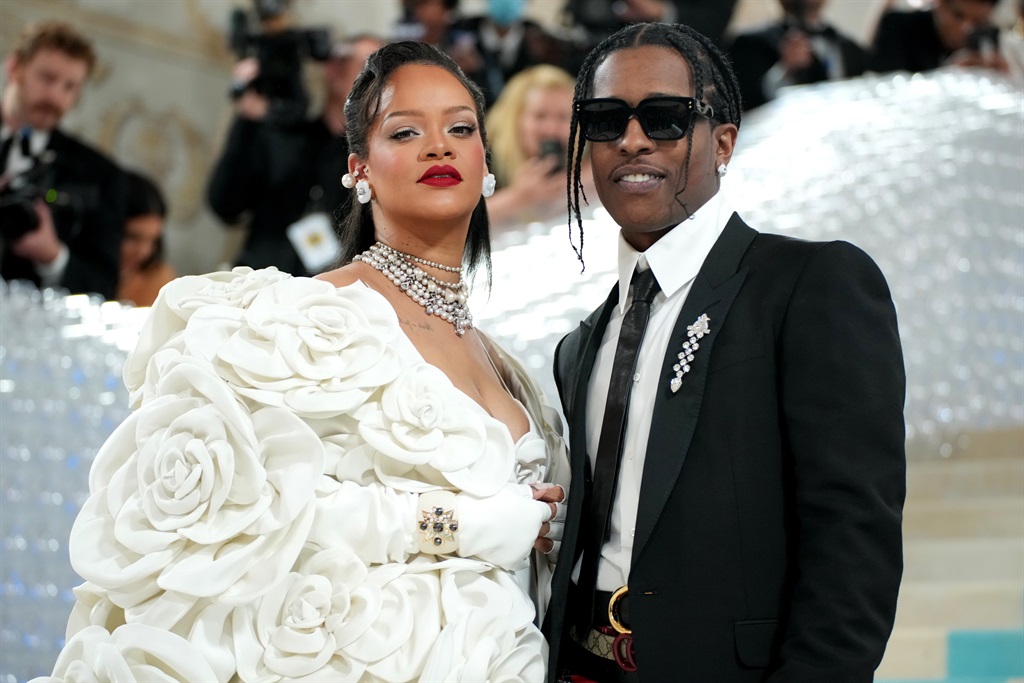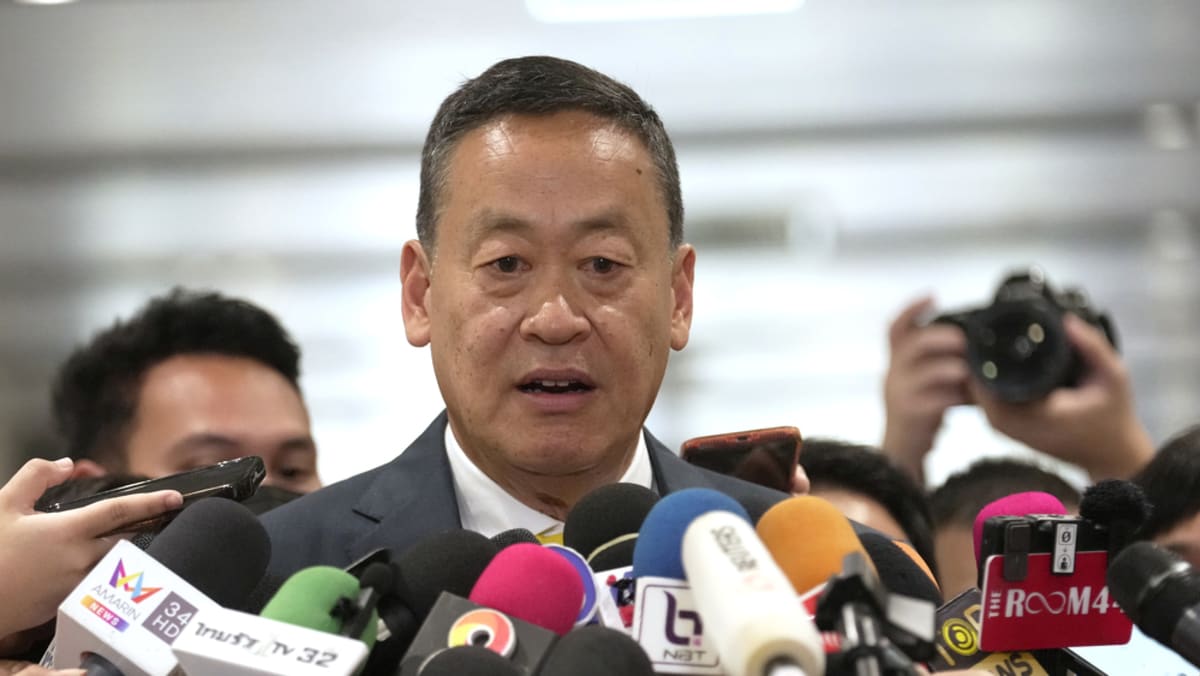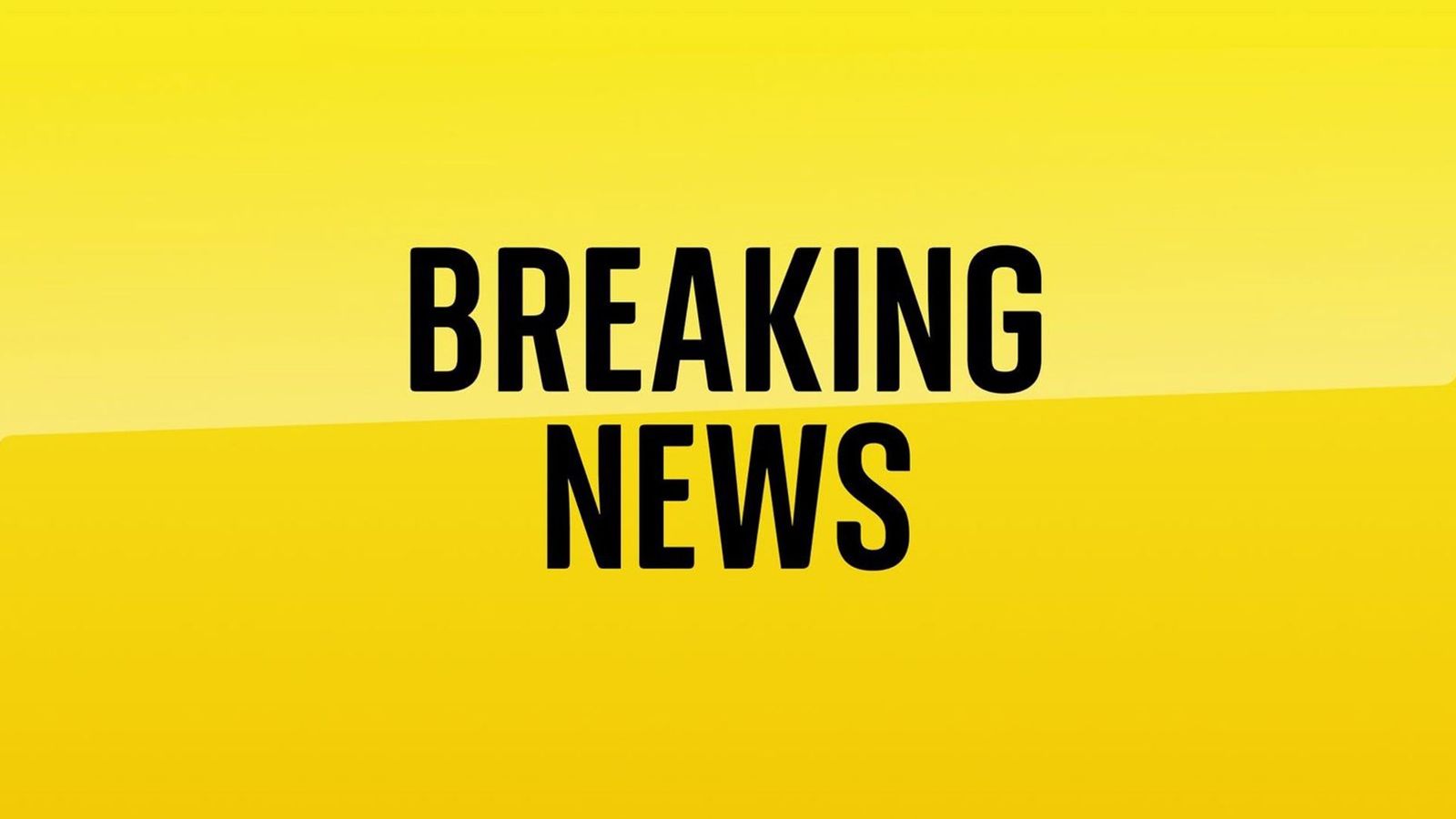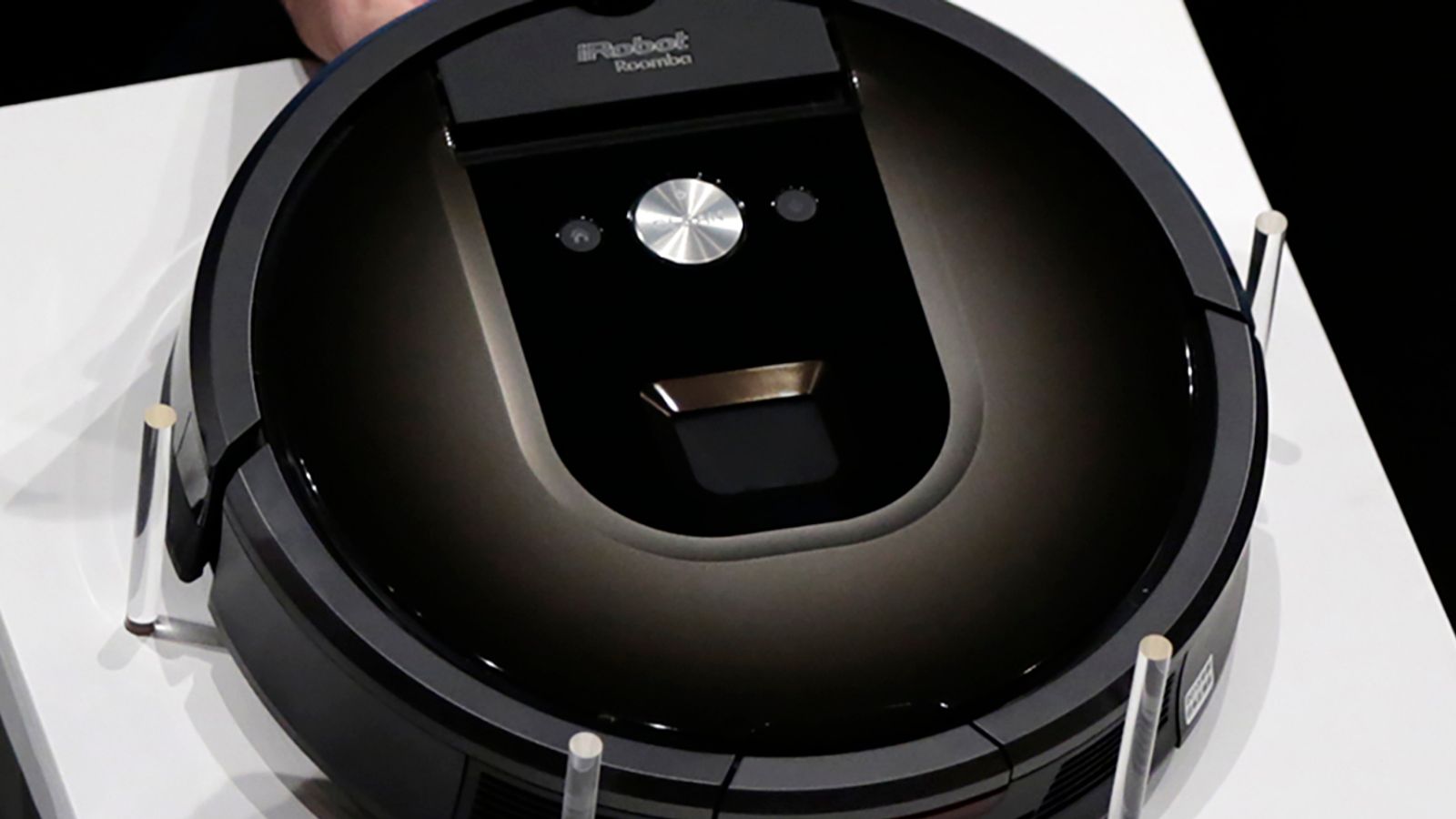I’m old enough to remember well the near-assassination of Ronald Reagan in 1981, shortly after he took office. In those pre-digital days, I had to take a subway from my student newspaper office in Berkeley into San Francisco to pick up a physical Associated Press photo of the shooting. The Reagan shooting changed the security protocols around the American president and campaigns forever. When Black activist Jesse Jackson ran for the Democratic nomination in 1984, his campaign motorcade was often seen in Berkeley – with Secret Service agents holding machine guns perched on the cars’ running boards.
Over time, the protection around presidents tightened. When I was a kid, Pennsylvania Avenue in front of the White House was a normal old street. In the Clinton administration, as concerns about Islamic terrorism grew, the long block in front of the edifice’s main entrance was sealed off and turned into a pedestrian plaza. I moved to Washington shortly after 9/11. It was a steep drop into a world where black SUVs on street corners occasionally burst into lights and action – or armed soldiers in camouflage would suddenly materialise out of the bushes if you stepped too close to a government building at night.
In recent years, political violence flared up again and again. A deranged young man shot and nearly killed a Democratic representative, Gabby Giffords, in the course of a grievous attack in Arizona in 2009. Six people died, and many others were injured. (Giffords is now an anti-gun activist and married to astronaut-turned-senator Mark Kelly.) And in 2017, we saw an attack from the left: a man in his 60s opened fire at a Congressional baseball game outside Washington, gravely wounding Republican representative Steve Scalise and some others.
In times like these, it is important to say that we are all grateful that the target was not hurt, to remember that Trump is a victim and is lucky to be alive. We don’t yet know the motivations of the man who shot at the candidate.
All reasonable observers, from both sides of the political divide, will deplore this attack. It must be noted, however, that Donald Trump himself has fomented political violence, and approved of it. Here’s a potent example. You may remember that Paul Pelosi, the elderly husband of former Speaker of the House Nancy Pelosi, was brutally attacked with a hammer and nearly killed in his home in 2022 by a deranged Trump supporter who was apparently looking for the former speaker. This attack became the subject of much mockery by Trump’s son and supporters. And last year, speaking at a rally in California, Trump smirked: “How’s [Nancy Pelosi’s] husband, by the way?” This provoked laughter from the crowd.
Loading
We’ve heard too many casual references from the right coyly giving the nod to political violence. Remember Sarah Palin’s remark about “Second Amendment remedies” – a clear reference to violent opposition to the government. “Don’t retreat, reload,” she said. Trump and members of his political goon squad fomented the crowd on January 6, 2021, just before it went on to attack the Capitol and wound scores of police officers. It’s an attack they now downplay – or in some cases valorise.
These are things to remember as the right inevitably attempts to turn this tragedy to its political advantage this week. We were already looking at a potentially momentous few days. The Republican National Convention opens today. We will soon hear whom Trump will select as his nominee for vice president, and … what am I forgetting? Oh yes, the incumbent, Joe Biden, may well step away from his presidential campaign. An already fraught political season just got more fraught.
Bill Wyman is a former arts editor and assistant managing editor of National Public Radio in Washington. He teaches at the University of Sydney.
The Opinion newsletter is a weekly wrap of views that will challenge, champion and inform your own. Sign up here.
#president #stoked #political #violence


